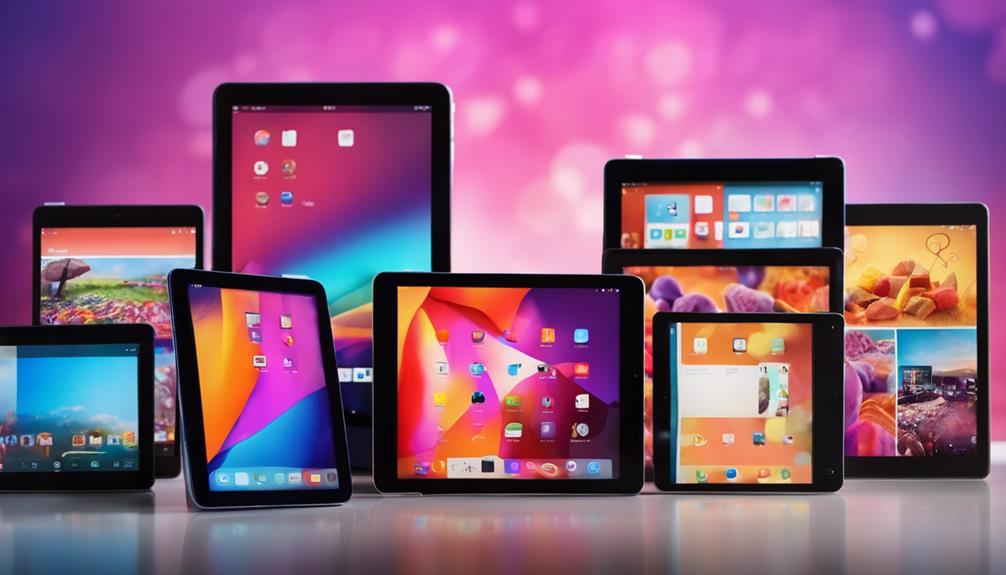In the past decade, the surge in affordable technology has transformed the way we interact with devices, communicate, and access information. From smartphones to smart home devices, cheap gadgets have become an integral part of daily life for millions around the globe. This article explores the factors contributing to the rise of cheap gadgets, highlights some popular examples, and discusses the implications for consumers and the tech industry alike.
Understanding Cheap Gadgets
Cheap gadgets refer to electronic devices that are priced lower than their premium counterparts but still offer essential functionality and features. These products often target budget-conscious consumers or those in emerging markets where affordability is crucial. The definition of “cheap” can vary, but it generally encompasses devices that provide good value for money without compromising too much on quality.
Factors Driving the Popularity of Cheap Gadgets
Several key factors have contributed to the boom in affordable gadgets:
- Advancements in Technology: Rapid technological advancements have made it possible to produce high-quality components at lower costs. Innovations in manufacturing processes, materials, and design have democratized access to technology.
- Increased Competition: The entry of numerous brands into the tech market has intensified competition, driving down prices. Companies like Xiaomi, Realme, and OnePlus have disrupted the market with budget-friendly alternatives.
- Globalization: As supply chains have expanded globally, manufacturers can source materials and labor from regions where costs are lower, thereby reducing retail prices for consumers.
- Consumer Demand: There is a growing demand for affordable gadgets, especially among younger consumers and those in developing countries who seek connectivity and functionality without the financial burden.
Popular Examples of Cheap Gadgets
Numerous affordable gadgets have gained popularity in various categories. Here are some noteworthy examples:
Smartphones
Smartphones are perhaps the most significant category of cheap gadgets:
- Xiaomi Redmi Series: Known for providing high-end specifications at budget prices, the Redmi series has captured a substantial market share in countries like India and China.
- Realme Narzo: This series offers impressive features such as large batteries, good cameras, and decent processing power, all at an attractive price point.
Smart Home Devices
The smart home market has also seen an influx of affordable devices:
- Amazon Echo Dot: This compact smart speaker provides access to Alexa’s voice assistant capabilities without breaking the bank.
- Wyze Cam: A budget-friendly security camera that offers essential features like HD video and motion detection, making home security accessible to many.
Wearable Technology
Wearable devices have also become more accessible:
- Mi Band: This fitness tracker offers comprehensive health tracking features at a fraction of the price of premium devices like the Apple Watch.
- Amazfit Bip U: Known for its long battery life and extensive health monitoring features, this smartwatch competes well in the affordable segment.
Case Studies: Success Stories in the Cheap Gadget Market
Several companies have successfully capitalized on the trend of affordable gadgets. Two notable case studies include:
Xiaomi
Xiaomi has disrupted the global smartphone market with its strategy of offering high-quality devices at low prices. By leveraging online sales channels and a direct-to-consumer model, Xiaomi has been able to keep costs down. In 2020, the company became the third-largest smartphone manufacturer globally, following Apple and Samsung, with a market share of 11.1% according to Statista.
OnePlus
Initially launched as a “flagship killer,” OnePlus focused on delivering premium features at mid-range prices. Their marketing strategy, which included limited availability and an invitation system, created buzz and exclusivity. The brand has since expanded its product line to include more affordable options, such as the OnePlus Nord series, catering to budget-conscious consumers while maintaining high standards of quality.
The Impact of Cheap Gadgets on the Market
The rise of cheap gadgets has profound implications for consumers, businesses, and the tech industry:
- Increased Accessibility: Affordable gadgets allow more people to access technology, bridging the digital divide and enhancing connectivity in underserved regions.
- Innovation Pressure: Established brands are pressured to innovate and offer more competitive pricing to retain market share, leading to better products for consumers overall.
- Environmental Concerns: The production of low-cost gadgets raises questions about sustainability. With the rapid turnover of devices, e-waste generation increases, prompting discussions about responsible consumption and recycling.
Conclusion: The Future of Cheap Gadgets
The rise of cheap gadgets has fundamentally changed the landscape of technology, making devices more accessible and affordable for consumers worldwide. As competition continues to grow, we can expect ongoing innovation and improvements in quality at lower price points. However, the tech industry must also address the environmental impact of producing and disposing of these gadgets.
In summary, the future of cheap gadgets looks promising, driven by consumer demand, technological advancements, and competitive pressures. As we move forward, it will be crucial to balance affordability with sustainability, ensuring that the growth of this sector benefits not just individuals but society as a whole.
